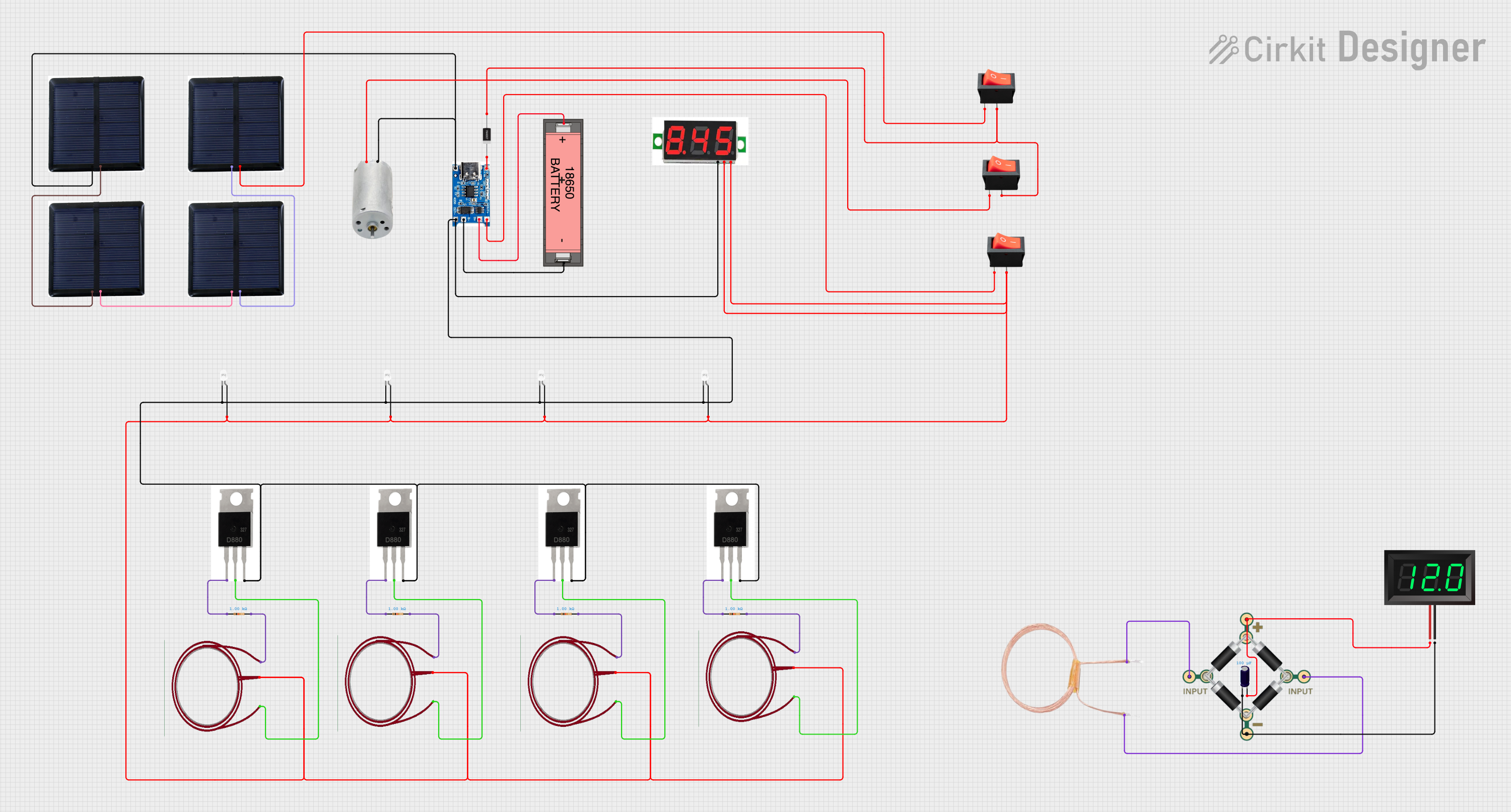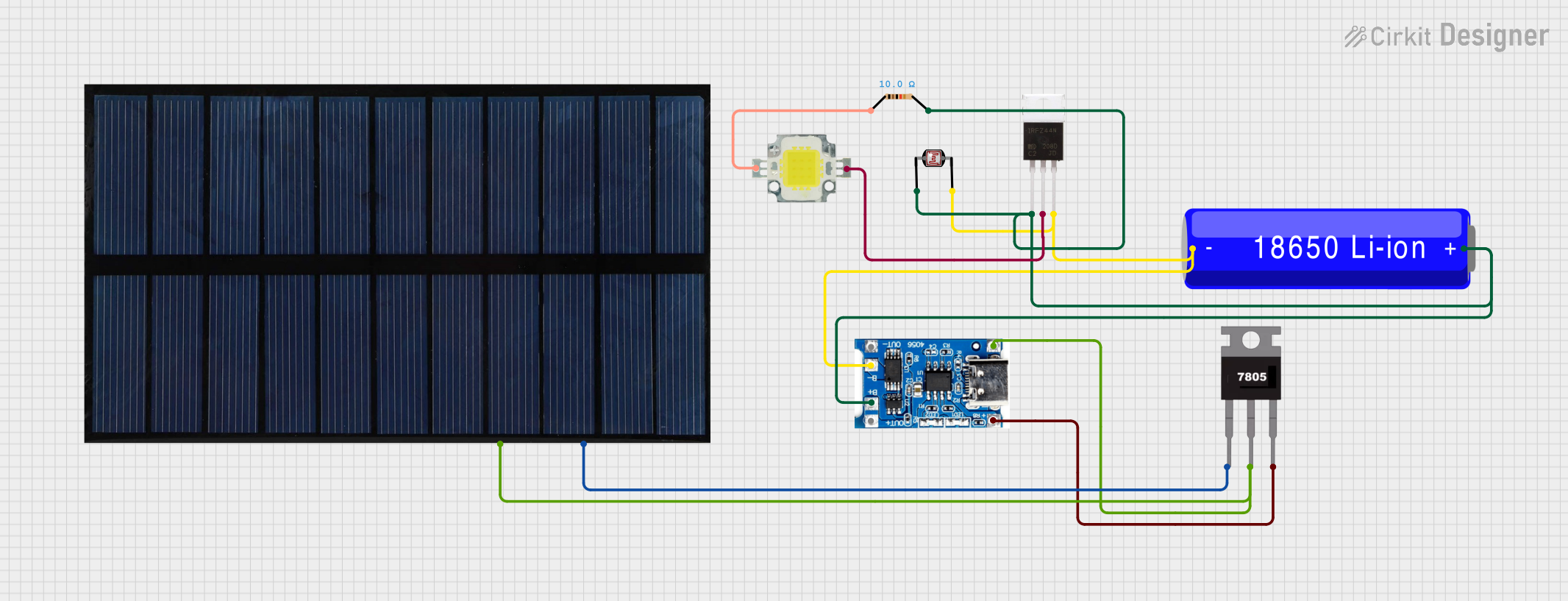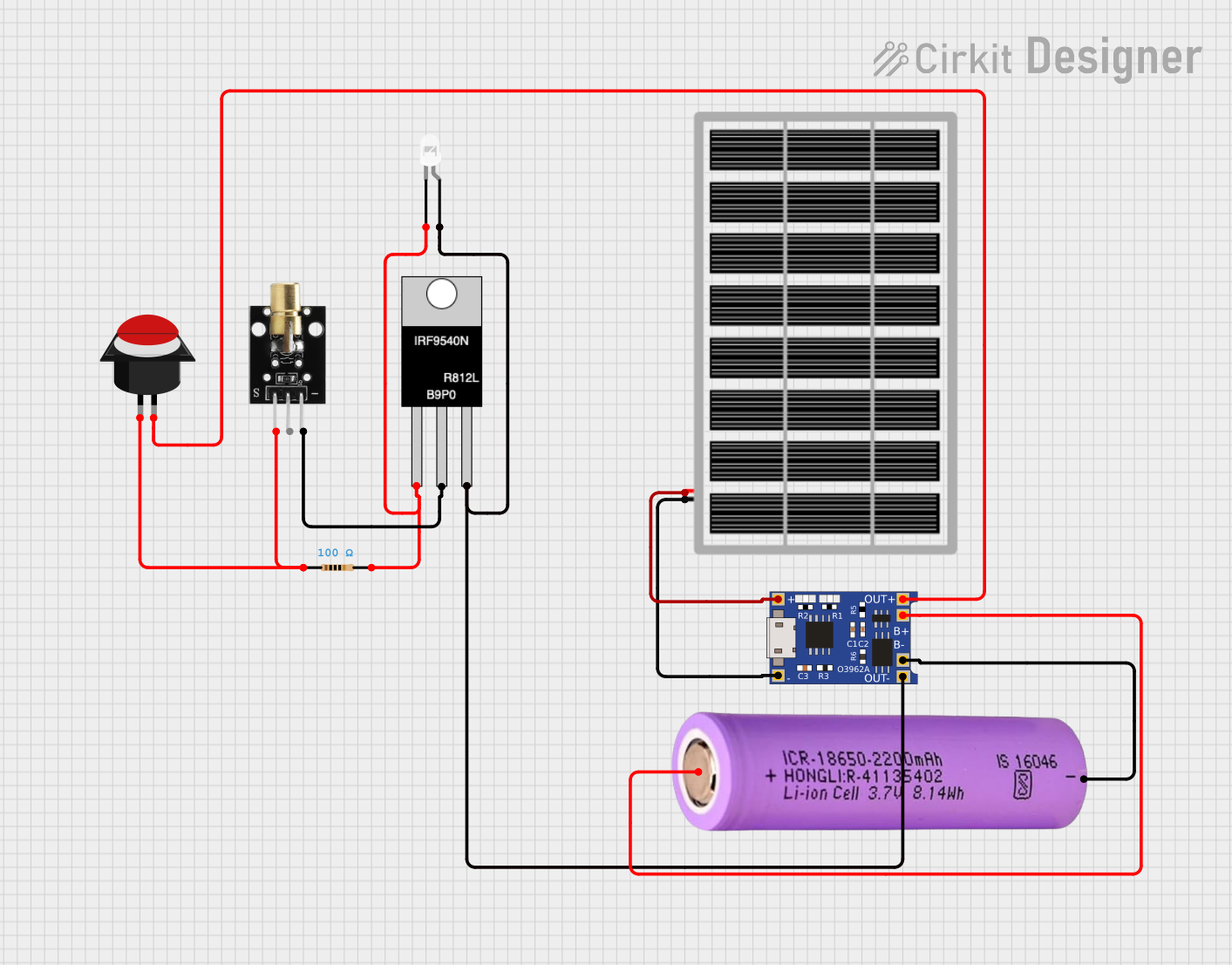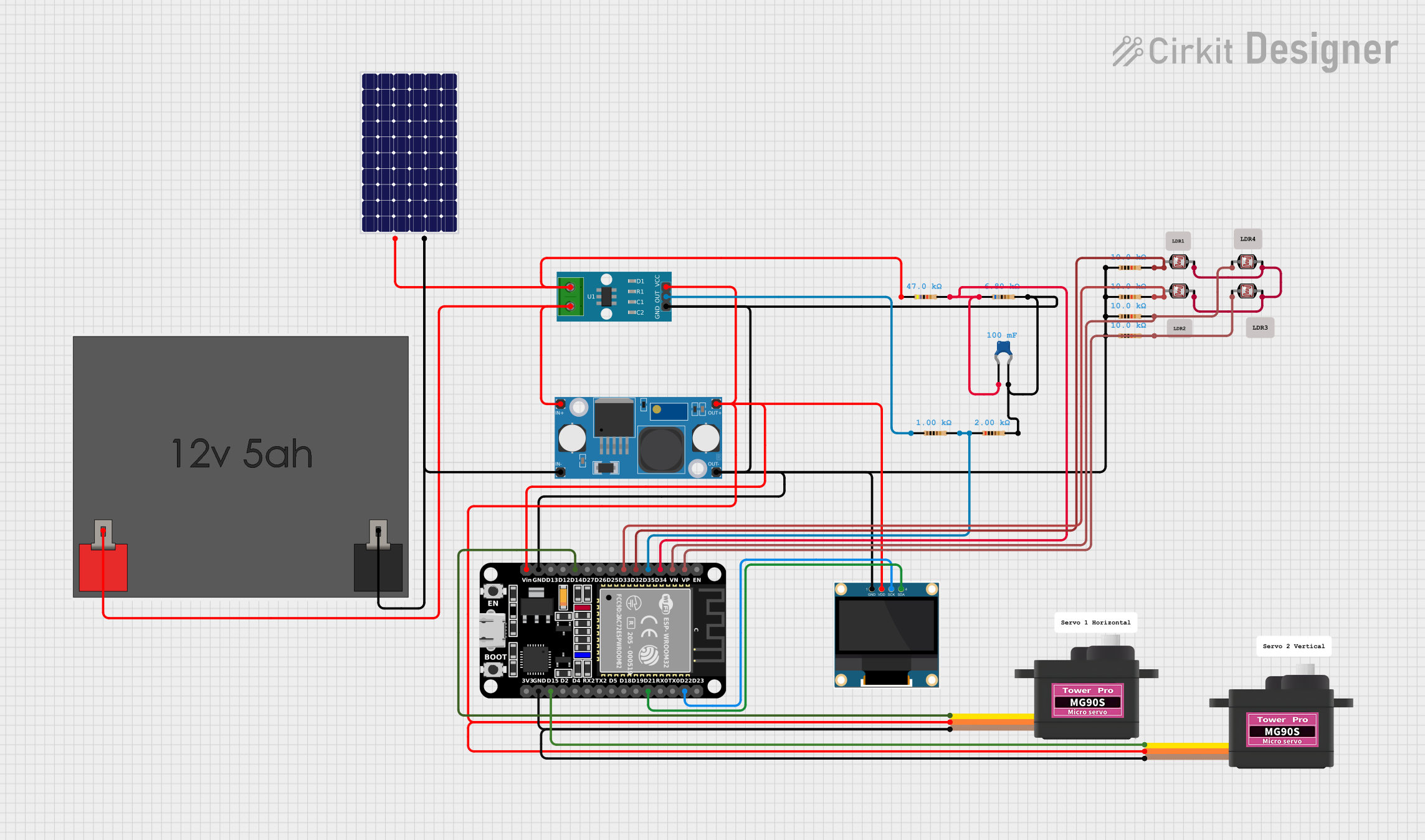
How to Use LM386: Examples, Pinouts, and Specs

 Design with LM386 in Cirkit Designer
Design with LM386 in Cirkit DesignerIntroduction
The LM386 is a popular low voltage audio power amplifier integrated circuit (IC) designed for battery-operated devices. It is capable of delivering up to 1 watt of power to a speaker, making it an ideal choice for portable audio devices, intercom systems, and small audio amplifiers. Its simplicity and ease of use have made it a favorite among hobbyists and professionals alike.
Explore Projects Built with LM386

 Open Project in Cirkit Designer
Open Project in Cirkit Designer
 Open Project in Cirkit Designer
Open Project in Cirkit Designer
 Open Project in Cirkit Designer
Open Project in Cirkit Designer
 Open Project in Cirkit Designer
Open Project in Cirkit DesignerExplore Projects Built with LM386

 Open Project in Cirkit Designer
Open Project in Cirkit Designer
 Open Project in Cirkit Designer
Open Project in Cirkit Designer
 Open Project in Cirkit Designer
Open Project in Cirkit Designer
 Open Project in Cirkit Designer
Open Project in Cirkit DesignerTechnical Specifications
Key Technical Details
- Supply Voltage (Vcc): 4V to 12V
- Output Power: Up to 1W (8Ω load, 6V supply)
- Gain: Adjustable from 20 to 200
- Input Impedance: 50kΩ (typical)
- Quiescent Current: 4mA (typical at 6V)
- Total Harmonic Distortion (THD): 0.2% (AV = 20, VS = 6V, RL = 8Ω, PO = 125mW)
- Signal to Noise Ratio: 90dB (typical)
Pin Configuration and Descriptions
| Pin Number | Name | Description |
|---|---|---|
| 1 | GND | Ground reference for the IC and the common point for the input signal. |
| 2 | IN+ | Non-inverting input for the audio signal. |
| 3 | Vs | Supply voltage; connects to the positive terminal of the power source. |
| 4 | OUT | Output pin that connects to the speaker or output device. |
| 5 | Zobel Network | Connects to a Zobel network to improve high-frequency stability. |
| 6 | Bypass | Bypass pin for decoupling the internal nodes to reduce noise. |
| 7 | Gain | Sets the gain of the amplifier when connected with external components. |
| 8 | GND | Ground reference for the IC, often connected to pin 1. |
Usage Instructions
How to Use the LM386 in a Circuit
- Power Supply: Connect the positive terminal of your power source to pin 3 (Vs) and the ground to pins 1 and 8.
- Input Signal: Connect your audio input to pin 2 (IN+). If necessary, use a coupling capacitor to block DC offsets.
- Output: Connect pin 4 (OUT) to the speaker, with an optional capacitor in series to block DC.
- Gain Control: To set the gain, connect a resistor and capacitor between pins 1 and 8. Without external components, the gain defaults to 20.
- Bypass Capacitor: A capacitor can be connected to pin 6 (Bypass) to reduce noise.
- Zobel Network: Connect a resistor and capacitor network from pin 5 to ground to stabilize the output against high-frequency oscillations.
Important Considerations and Best Practices
- Use a decoupling capacitor (typically 0.1µF) close to the power supply pins to filter out noise.
- Keep the input signal lines as short as possible to minimize interference.
- Ensure that the power supply voltage does not exceed the maximum rating of 12V.
- Use a heat sink if operating near the maximum output power to prevent overheating.
Example Circuit with Arduino UNO
// Example code to drive an LM386 amplifier with an Arduino UNO
int speakerPin = 9; // Connect to the input of the LM386
void setup() {
pinMode(speakerPin, OUTPUT);
}
void loop() {
// Generate a 1kHz tone for 1 second
tone(speakerPin, 1000, 1000);
delay(1500); // Wait for 1.5 seconds
}
Troubleshooting and FAQs
Common Issues
- Low Volume: Check the gain setting and ensure the power supply is adequate.
- Distortion: Ensure the input signal level is not too high, causing clipping.
- No Sound: Verify connections, check the speaker, and ensure the IC is not damaged.
Solutions and Tips for Troubleshooting
- No Output: Check for proper supply voltage and ground connections.
- Hum or Noise: Use a bypass capacitor on the power supply and keep input leads short.
- Overheating: Make sure the power dissipation is within limits; use a heat sink if necessary.
FAQs
Q: Can I use the LM386 with a 3.3V supply? A: The LM386 is designed for a minimum of 4V. Operation below this may result in reduced performance or no function.
Q: How can I increase the gain? A: Connect a 10µF capacitor between pins 1 and 8 to increase the gain to 200.
Q: Is the LM386 mono or stereo? A: The LM386 is a mono amplifier. For stereo applications, use two LM386 ICs.
Remember to always consult the LM386 datasheet for the most accurate and detailed information.